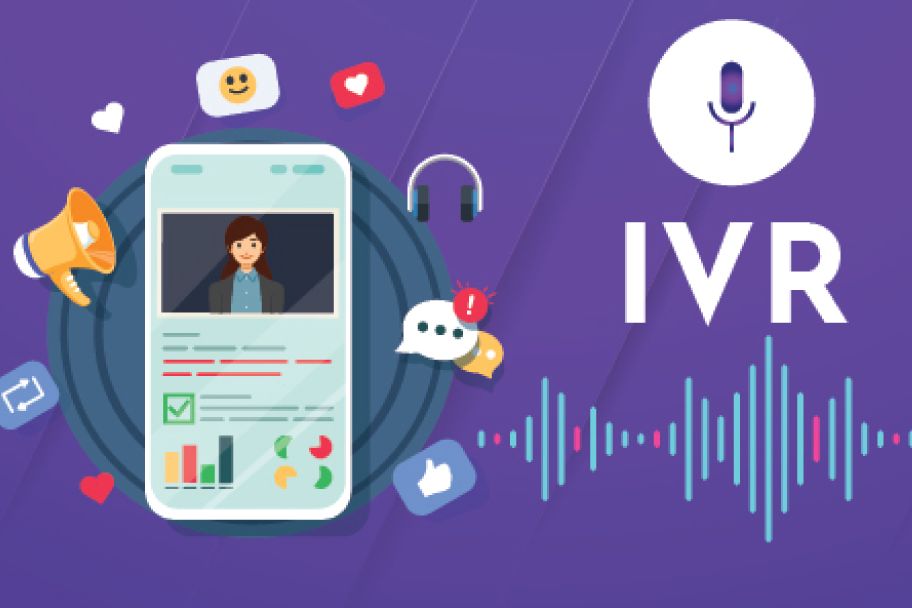

Blogs Page

Companies encourage their customers to post their content online via forums and social media platforms like Facebook, Twitter, YouTube, etc. – to have a strong online presence, to reach a larger customer base via crowdsourcing, to provide better customer experience through customer engagement and to build a positive brand image. Companies, while building their community forums and social media platforms, there are also a set of challenges that come along the process.

To give a gist, AI chatbots are bots built on Artificial Intelligence software that can make conversations with humans, and hence these are also termed Conversational bots. The more sophisticated the bots, the better the orientation in terms of understanding and responding to the customers. Few AI-powered chatbots can make initial conversations and a few other bots can also make Sales conversion discussions. Depending upon the needs of an organization they can choose the type of Chatbots that would best suit their customer experience goals.

Having worked closely with ad ops teams for the last 15 years, I feel they bring durability and fulfillment to the advertising business. The number of changes they’ve weathered in keeping pace with....

This blog will highlight the importance and implications of customer engagement analytics for companies to outperform their competitors, backed up by strong evidence across various industry segments. Before taking a deep dive into the content, let's understand the context of customer engagement analytics, after all, context is the King!

It is observed that Artificial Intelligence (AI) bots and Robotic Process Automation (RPA), are the trending topics for quite some time. Any technology that has a futuristic viewpoint will have good reception among the technology experts, in similar lines, the craze for AI chatbots began in the year 2016 when Facebook announced a developer-friendly platform to build chatbots on Facebook Messenger.

The rapid evolution of business technologies has provided companies with advanced capabilities that non-digital platforms and legacy systems simply can’t match. This IT modernization is being driven by a variety of operational needs and technological trends, creating a surge in interest for new digital platforms. Industry consolidation has pushed many enterprises to integrate application modernization services to comply with shifting regulatory requirements, leverage competitive positioning, and capitalize on new business models.

There is a fine line between customer support service and the customer service itself, which allows companies to set the standard in providing the best customer experience with the company. While both deal with helping customers, the former is a specific type of customer service which involves other skills such as documentation, product/service knowledge, technical skills for problem-solving, complaints and dispute management, etc.

Interactive Voice Response (IVR): IVR is a technology that gained attention during the 1990s when call center companies started to invest in computer telephony integration (CTI) with IVR systems. When call centers wanted to deploy queuing and routing solutions, IVR acted as an agent gathering the needed information and routed to the corresponding agents.

Owing to a large influx of Enterprise-wide business cases promising dramatic cost savings and ROI, many organizations across the world are busy deploying bots to automate the routine rule-based manual processes. Though there are some quick wins that garner the attention of the C-Suites, many get stranded and unable to scale the benefits while implementing the RPA.

Happy new year 2018! New year always comes with new ideas to improve and excel in personal as well as on professional front. This year seems to be quite interesting as enterprise leaders are focused on “Business transformational journey” and “Automation” seems to be the buzz and the road ahead to be more lean, efficient and agile.
